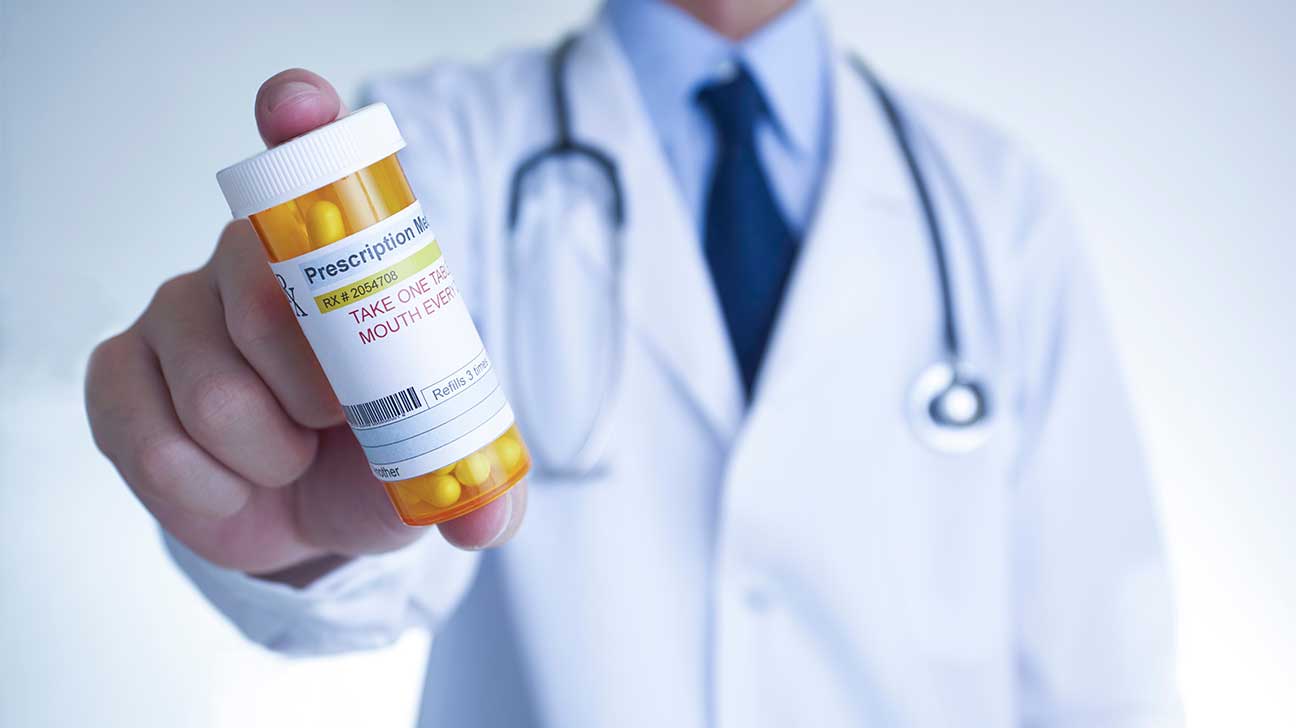Medication-Assisted Treatment (MAT) is an evidence-based approach to treating substance use disorders (SUDs) that combines the use of medications with counseling and behavioral therapies. MAT is particularly effective for individuals struggling with opioid and alcohol addiction, as it helps manage withdrawal symptoms, reduces cravings, and addresses the physiological aspects of addiction.
Here are key components and considerations regarding Medication-Assisted Treatment:
- Medications Used in MAT:
- Opioid Use Disorder (OUD):
- Methadone: A long-acting opioid agonist that helps reduce cravings and withdrawal symptoms. Methadone is often dispensed in specialized clinics.
- Buprenorphine: A partial opioid agonist that can be prescribed in various healthcare settings. It reduces cravings and withdrawal symptoms while having a lower risk of misuse.
- Naltrexone: An opioid antagonist that blocks the effects of opioids, reducing cravings. It can be administered orally or through a monthly injection.
- Alcohol Use Disorder (AUD):
- Disulfiram: Creates an aversive reaction when alcohol is consumed, discouraging its use.
- Acamprosate: Helps stabilize chemical imbalances in the brain caused by chronic alcohol consumption, reducing cravings and withdrawal symptoms.
- Naltrexone: Also used for alcohol addiction, it blocks the rewarding effects of alcohol.
- Benefits of MAT:
- Reduced Cravings: Medications used in MAT help alleviate the intense cravings associated with substance use, promoting a more stable recovery process.
- Withdrawal Symptom Management: MAT helps manage and reduce the discomfort of withdrawal symptoms, increasing the likelihood of treatment retention.
- Risk Reduction: MAT has been shown to reduce the risk of relapse, overdose, and associated health complications, particularly in opioid use disorders.
- Improved Treatment Retention: Individuals engaged in MAT often have better treatment retention rates, increasing the chances of successful recovery.
- Integration with Behavioral Therapies:
- MAT is most effective when combined with counseling and behavioral therapies. Behavioral interventions address the psychological and social aspects of addiction, helping individuals develop coping mechanisms, identify triggers, and make positive behavioral changes.
- Individualized Treatment Plans:
- MAT should be tailored to the individual’s specific needs, considering factors such as the type and severity of addiction, co-occurring mental health disorders, and overall health. The choice of medication and dosage is determined through careful assessment and ongoing monitoring.
- Ongoing Monitoring and Adjustments:
- Regular medical supervision and monitoring are crucial in MAT. Healthcare providers closely track progress, adjust medication dosages if necessary, and ensure the overall well-being of the individual in treatment.
- Stigma and Misconceptions:
- Despite the proven effectiveness of MAT, there can be stigma and misconceptions surrounding the use of medications in addiction treatment. Education and awareness campaigns are essential to promote understanding and acceptance of MAT as a valuable and evidence-based approach.
- Accessibility and Availability:
- Access to MAT services can vary, and efforts are ongoing to improve its availability. Expanding access to MAT in diverse healthcare settings can help reach a broader population in need of treatment.
Medication-Assisted Treatment is a valuable tool in the comprehensive approach to addiction treatment. When integrated into a broader treatment plan, MAT can significantly improve outcomes and support individuals in achieving and maintaining long-term recovery from substance use disorders.

